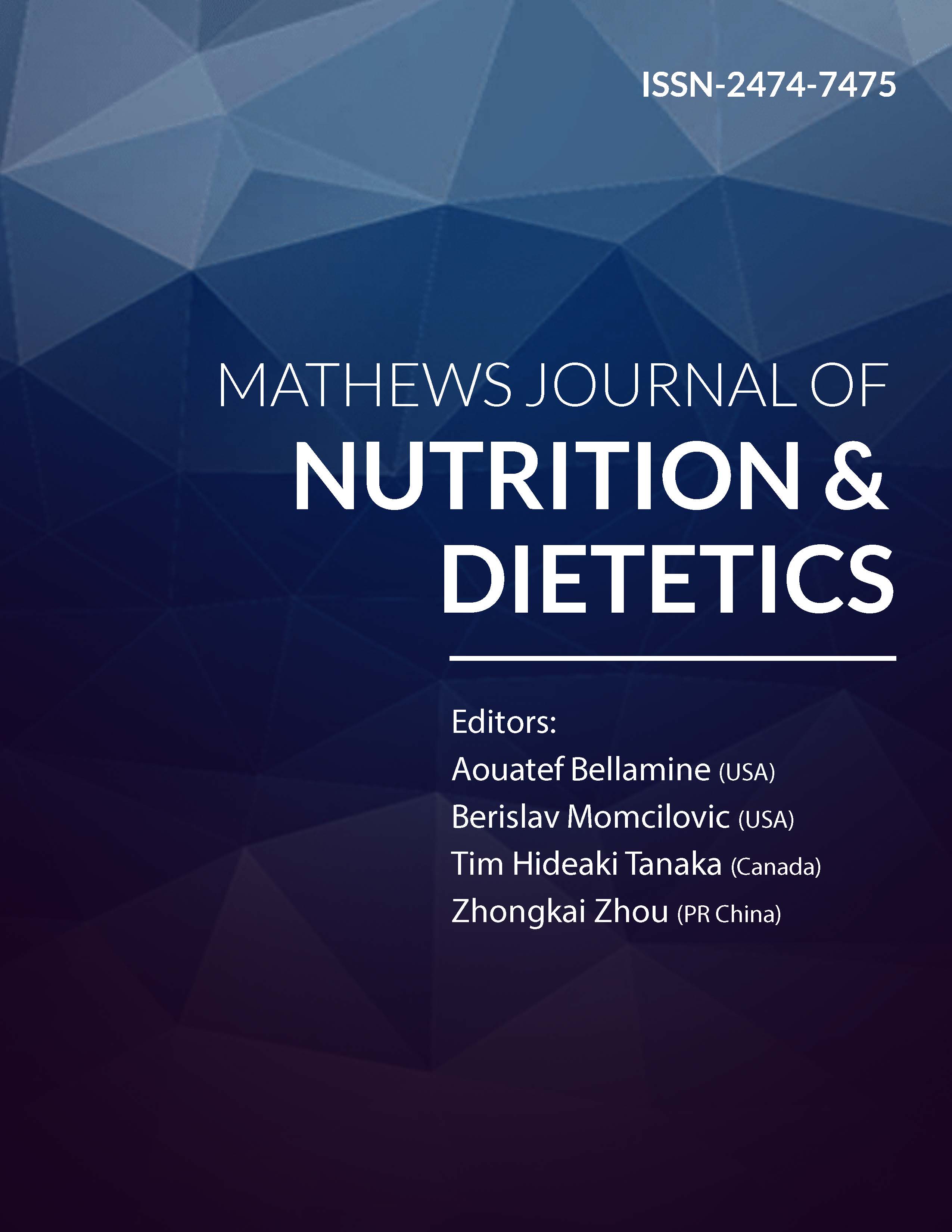
Information Links
Previous Issues Volume 5, Issue 1 - 2022
Antioxidant Bio-Constituents from Agro-Industrial Waste and their Importance in Functional Foods
Gargi Tikoo1, Bhagat Singh3, Girish Sharma1, Charu Gupta2*
1Amity Institute of Biotechnology, Amity University-UP, Sector-125, NOIDA-201313, India
2Amity Institute of Herbal Research & Studies, Amity University-UP, Sector-125, NOIDA-201313, India
3Department of Medical lab, Technology, Faculty of Paramedical Science, Uttar Pradesh University of Medical Sciences, Saifai, Etawah, UP-206130, India
Received Date: December 9, 2022
Publication Date: December 22, 2022
*Corresponding author: Charu Gupta, Amity Institute for Herbal Research & Studies, Amity University, Noida, 201313, Uttar Pradesh, India; Email: [email protected]
Citation: Gargi Tikoo, et al. (2022). Antioxidant Bio-Constituents from Agro-Industrial Waste and their Importance in Functional Foods. Mathews J Nutr Diet. 5(1):20.
Copyright: Gargi Tikoo, et al. © (2022)
ABSTRACT
The Food processing industries and post-harvest produce large volumes of waste that pose severe pollution problems and loss of valuable nutrients. Such wastes might have a potential for conversion into useful products of high value as food or feed after proper treatment. These fruit and vegetable processing wastes may be good sources of bioactive phytochemicals. Phenols, a major group of antioxidant phytochemicals, have profound importance due to their biological and free radical scavenging activities (FRSA). Free radicals induce cellular and tissue pathogenesis leading to several diseases like cancer, inflammation, and aging processes. Antioxidants provide protection from such damage caused by reactive oxygen species (ROS) in lipid peroxidation, protein damage, DNA strand breakage, and associated disorders. Therefore, the prime focus of the present studies was to manage agri-waste to develop useful products and combat environmental pollution. The wastes like peels, leaves, twigs, flowers, pod pericarp, seed meal, seed coat, and residues from kitchen waste were studied for total phenolic content (TPC) and antioxidant activity (AOA) to explore their potential for use in nutraceuticals or functional foods.
Keywords: Agri-horticultural wastes, Antioxidant activity, Total Phenolic contents (TPC), Free Radical Scavenging Activity (FRSA), Functional foods